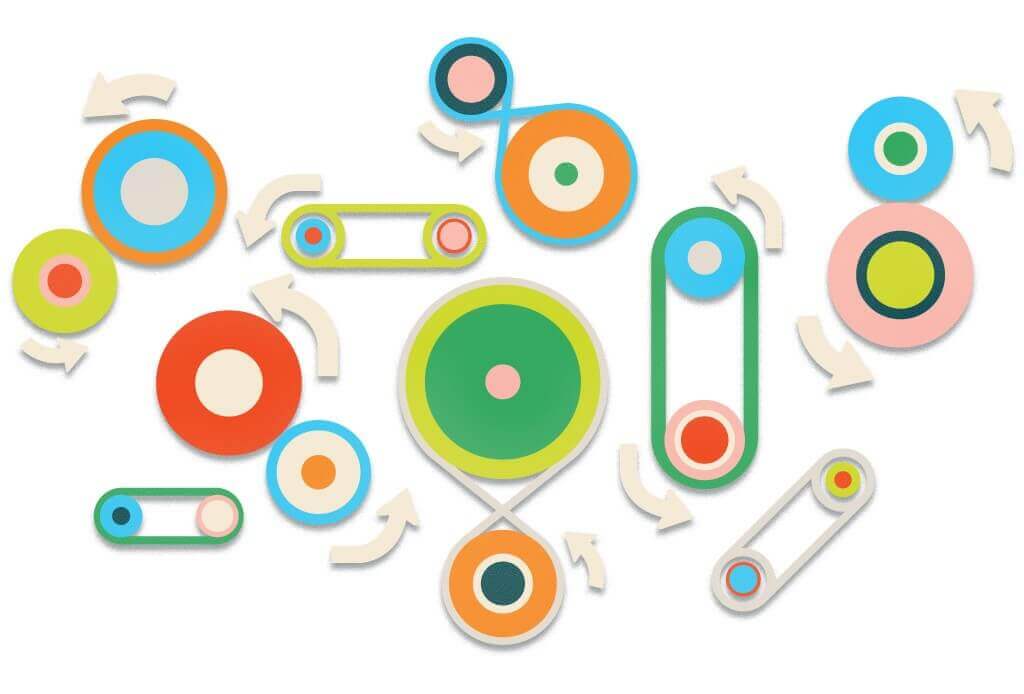
A common challenge for hotels is having too many cooks in the revenue management kitchen. A revenue manager may leave a strategy meeting confident they’re on the same page as the other departments, but find out later that someone changed plans and it ended up negatively impacting the company’s profits. In other words, the strategy was not a recipe for success.
Luckily, automated revenue management helps hoteliers save time, create consistencies and benefit the bottom line. While the practice of RM is not a new concept, the technology behind it is ever improving, with software progression making it affordable for hotels of all sizes. Whether it’s a small- to mid-sized hotel or a global hotel chain, revenue management software is now widely spread throughout properties around the world.
It is due to these technology advancements that revenue management systems can send pricing and inventory decisions to other selling systems, such as property management or central reservations systems. Automation serves as the binding agent between a solid RM strategy and its deployment, with the integration between each system acting as a quality control to reduce human errors and ensure consistency.
Automation also bolsters work productivity. Using an automated pricing technology reduces the time and energy spent manually collecting, entering, analyzing and reporting market data. Revenue managers are able to utilize their RM system as their central strategy hub, deploying changes and decisions to their selling systems both routinely and immediately. This frees up more time to focus on revenue strategies and additional work responsibilities.
Effectively managing rate distribution also has a heavy reliance on automation, as it streamlines rate deployment across all channels. Manually adjusting rates on multiple channels – potentially multiple times a day – used to be a challenging part of a revenue manager’s role, but advancements in today’s technology have made channel management far easier to manage.
Read rest of the article at eHotelier




